
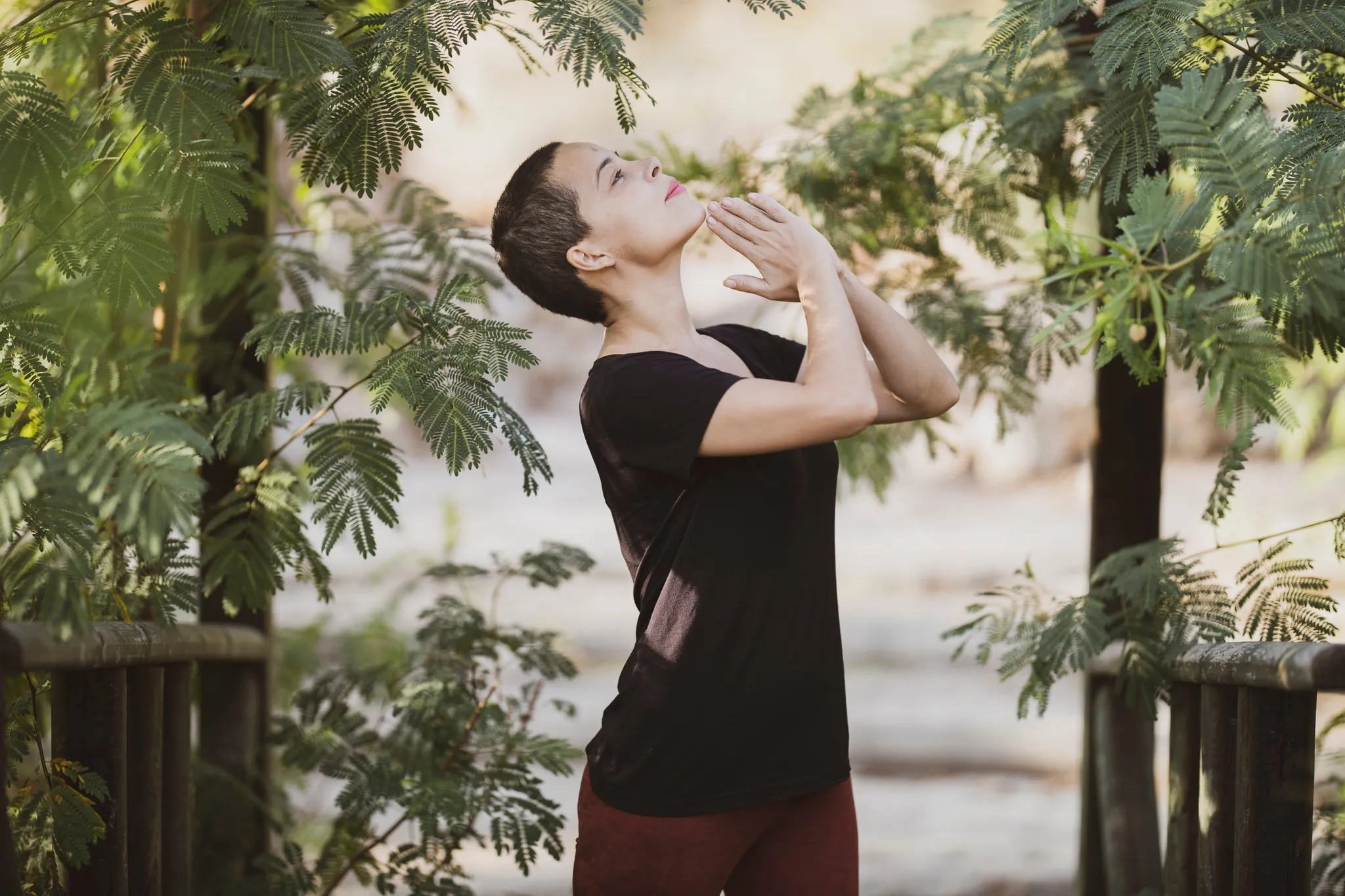
Breast cancer is a disease that affects millions of women every year. It can be a devastating diagnosis, but there is hope for those who have survived breast cancer. Yoga can help breast cancer survivors heal their bodies and minds, and in this article, we will explore the benefits of yoga for breast cancer survivors, provide some tips on how to get started, and offer suggestions for poses and practices that are particularly beneficial.
Yoga offers a wide range of benefits for breast cancer survivors. These benefits can be both physical and emotional, and can help survivors in many different ways.
Physical Benefits: One of the physical benefits of yoga for breast cancer survivors is that it can help increase flexibility and range of motion. This is particularly important for those who have undergone surgery or radiation therapy, as these treatments can cause stiffness and reduce mobility. Yoga can also help improve circulation and reduce inflammation, which can help the body heal more quickly.
Emotional Benefits: The emotional benefits of yoga for breast cancer survivors are equally important. Practicing yoga can help reduce anxiety and stress, which are common side effects of breast cancer treatment. It can also improve mood and quality of life, increase self-esteem and body awareness, and provide a sense of peace and calm.
There are many different yoga poses and practices that can be beneficial for breast cancer survivors. Some of these are gentle and easy to do, while others are more challenging. It is important to listen to your body and only do what feels comfortable for you. Here are some poses and practices that can be particularly helpful for breast cancer survivors:
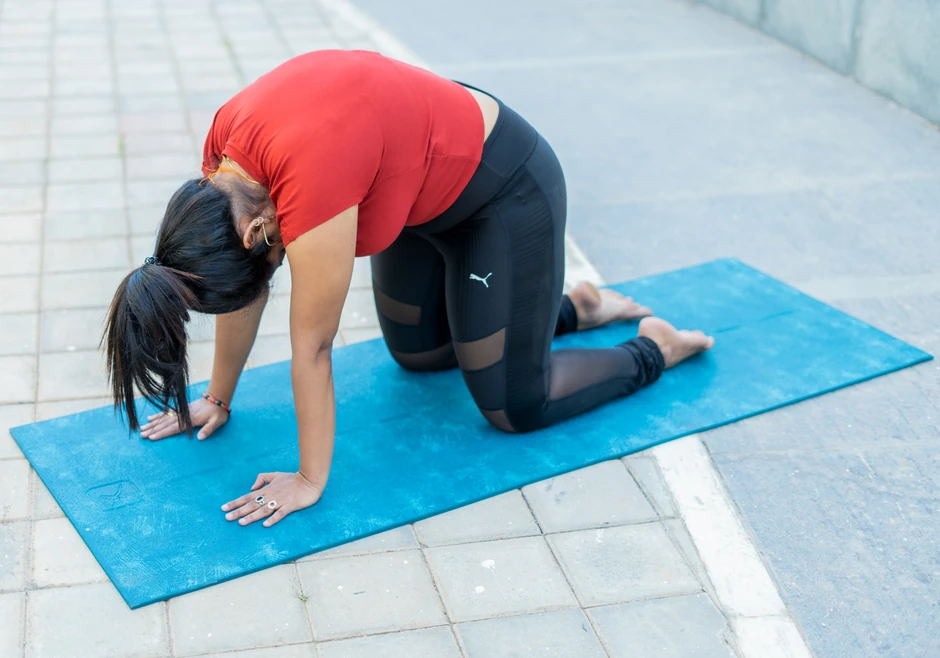
Helps to stretch the spine and improve mobility in the neck and shoulders. To do this pose, start on your hands and knees, and move your spine in a fluid motion, arching and rounding your back as you inhale and exhale.
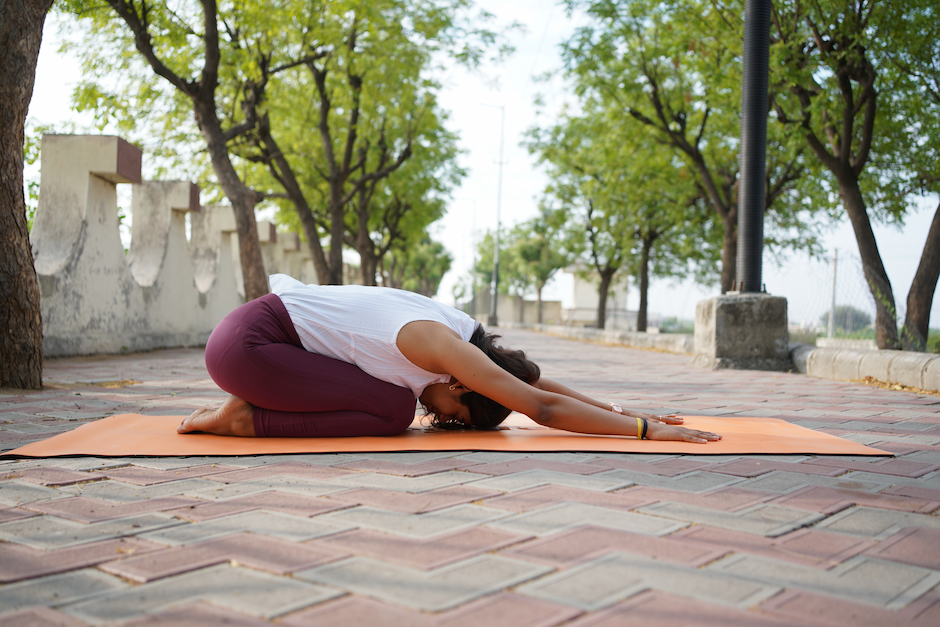
It is a resting pose that can be done anytime during your practice to release tension in the back and neck. Simply lower your hips back towards your heels, stretch your arms forward, and rest your forehead on the ground or a cushion.

Pose helps to strengthen the legs and core, and can help build confidence. Stand with your feet about 3-4 feet apart, bend your front knee, and reach your arms out to the sides.
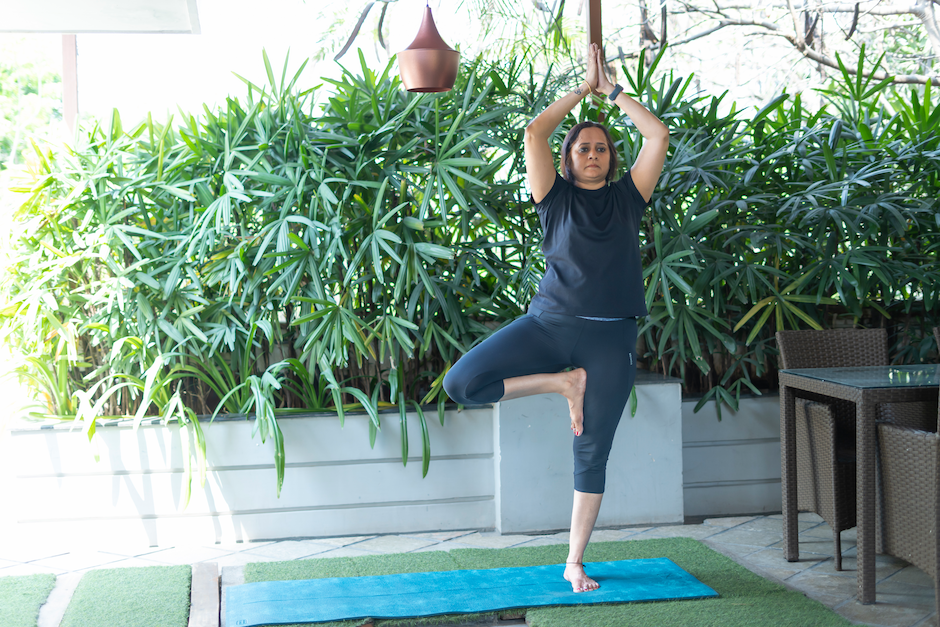
It improves balance and focus, and can be done with or without a support. Stand with your feet together, shift your weight onto one foot, and place the sole of the other foot on your inner thigh or calf.
_optimized.webp)
Stretches the legs and hips, and can improve overall balance. Stand with your feet about 3-4 feet apart, reach one arm forward and hinge at your hips to reach the other hand down towards your shin, ankle, or a block.

Helps to stretch the chest and improve mobility in the spine. Lie face down on the ground, place your hands under your shoulders, and lift your chest and head off the ground.
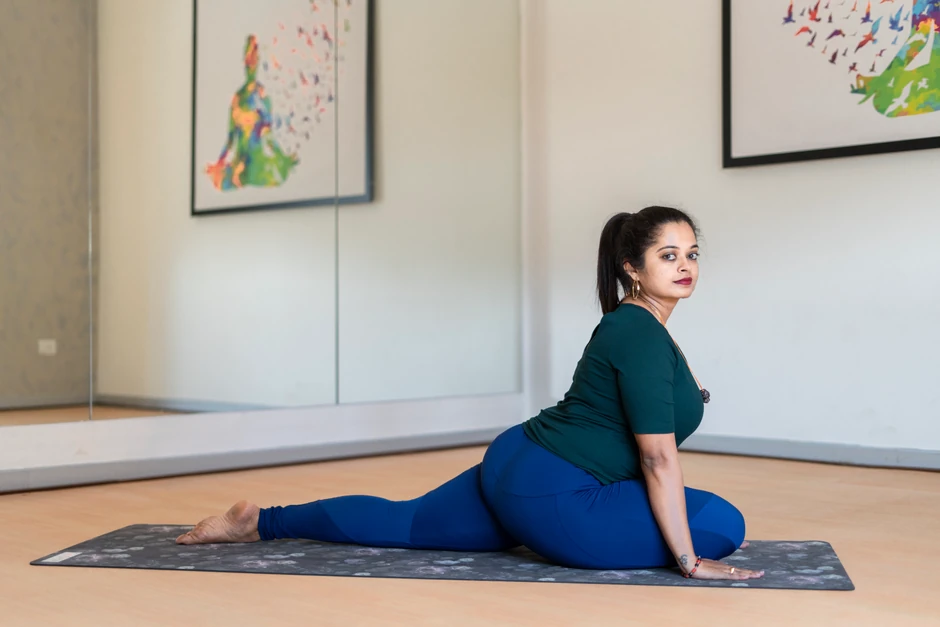
Stretches the hips and relieves tension in the lower back. Start on your hands and knees, bring one knee forward and place it behind your wrist, then slide the other leg back and lower your hips towards the ground.
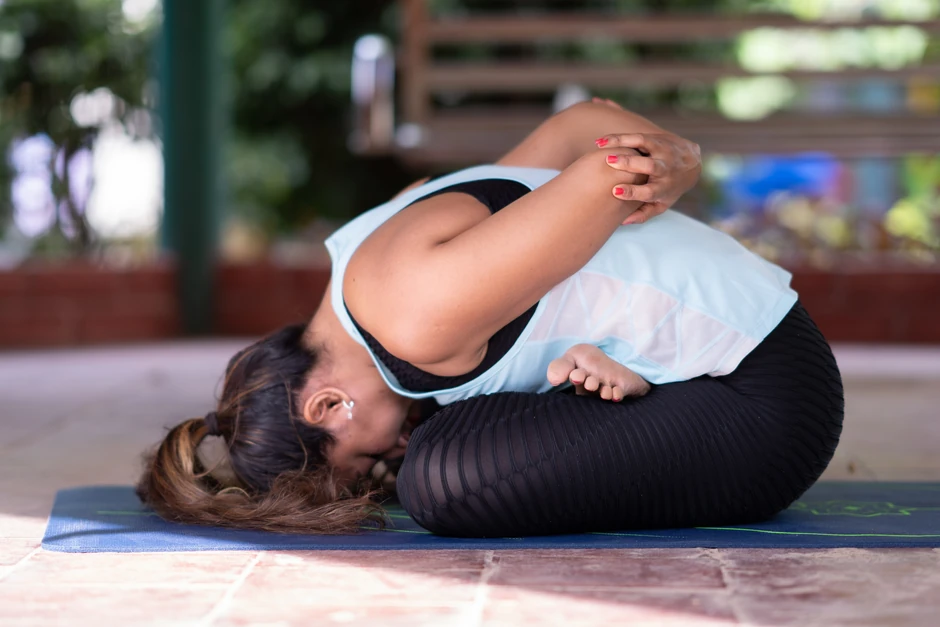
Stretches the hamstrings and improves flexibility in the spine. Sit on the ground with your legs straight out in front of you, then fold forward, reaching for your shins, ankles, or feet.

Is a gentle backbend that can help to open the chest and improve breathing. Sit on the ground with a bolster or pillow behind you, lean back onto the support, and let your arms fall out to the sides.
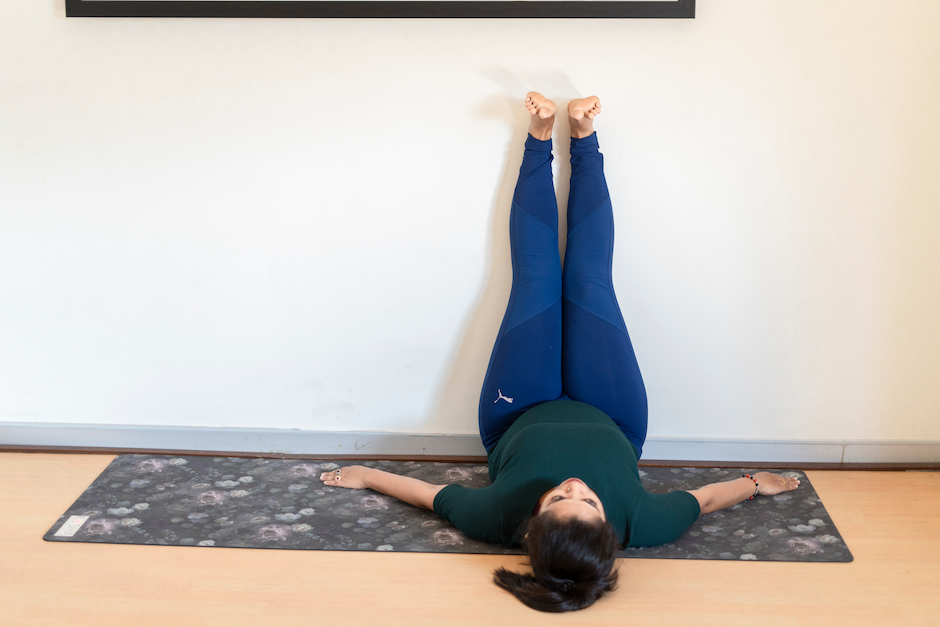
is a restorative pose that can help to reduce swelling in the legs and improve circulation. Lie on your back with your legs up against a wall or other support, and breathe deeply.
In addition to yoga poses, meditation and mindfulness practices can also be beneficial for breast cancer survivors. Here are two practices to consider:
Mindful Breathing Meditation: This practice involves bringing your full attention to your breath, and can help to calm the mind and reduce stress. Find a comfortable seated position, close your eyes, and focus on your breath. Notice the sensation of the breath moving in and out of your body, and try to keep your attention focused on the breath for a set period of time, such as 5-10 minutes.
Loving-Kindness Meditation: This practice involves cultivating feelings of love and kindness towards oneself and others, and can help to improve mood and increase feelings of well-being. Find a comfortable seated position, close your eyes, and imagine sending love and kindness to yourself, then to someone you care about, then to a group of people, and finally to all beings. Repeat a simple phrase or mantra, such as "may I be happy, may I be healthy, may I be at peace".
Remember that meditation and mindfulness practices are a form of self-care, and can be done at any time throughout the day. Start with just a few minutes a day, and gradually increase the duration as you feel comfortable.
If you are new to yoga, it can be helpful to start with a beginner's class or a gentle yoga practice. This will help you learn the basic poses and movements, as well as build strength and flexibility over time.
It is also important to listen to your body and only do what feels comfortable for you. Remember that yoga is a practice, and it takes time to build strength and flexibility. Be patient with yourself, and don't push yourself too hard.
Finally, be sure to talk to your doctor before beginning a new exercise routine, especially if you are still undergoing treatment for breast cancer.
It's important to take precautions when practicing yoga and mindfulness as a breast cancer survivor. Here are some things to keep in mind:
Consult with your healthcare provider before starting any new exercise or mindfulness routine, especially if you have any medical conditions or concerns.
Listen to your body and don't push yourself beyond your limits. If a pose or practice feels uncomfortable or painful, back off or modify as needed.
Be mindful of any physical limitations or changes in your body that may affect your practice. For example, if you have had lymph nodes removed, you may need to avoid certain poses or modify them to avoid pressure on the affected area.
Practice in a safe and comfortable environment, free from distractions or hazards.
If you are new to yoga or mindfulness, consider taking a class or working with a teacher who has experience working with breast cancer survivors.
Remember that the goal of yoga and mindfulness practices is to support your overall well-being and healing, so it's important to prioritize your safety and comfort throughout your practice.
Breast cancer can be a challenging and emotional journey, but yoga can offer a powerful tool for healing and recovery. By practicing yoga, breast cancer survivors can improve their physical and emotional health, reduce stress and anxiety, and increase their sense of peace and calm. With the right guidance and support, yoga can be a transformative practice for breast cancer survivors, helping them to reclaim their health and well-being. So, if you or someone you know is a breast cancer survivor, consider giving yoga a try and experience the benefits for yourself.
Breast cancer patients can reduce stress through various practices such as yoga, meditation, mindfulness, breathing exercises, and physical activities. These practices can help in reducing anxiety, depression, and promote relaxation and well-being.
Breast cancer can affect patients emotionally by causing anxiety, depression, fear, and uncertainty about the future. Patients may also experience a sense of loss, anger, and stress due to the impact of the diagnosis on their personal and professional lives.
Accepting breast cancer is a process that can take time and support from family, friends, and healthcare providers. Acceptance involves acknowledging and accepting the diagnosis, understanding the treatment options, and finding ways to manage the physical and emotional effects of the disease.
Emotional support can be helpful in dealing with emotional breast cancer. Patients can seek support from healthcare providers, support groups, family, and friends. Mindfulness practices such as meditation, yoga, and breathing exercises can also be useful in managing the emotional impact of breast cancer. It is important to prioritize self-care and seek professional help if needed.

Receive personalized guidance tailored to your unique fitness goals, live with a dedicated coach—no credit card required.